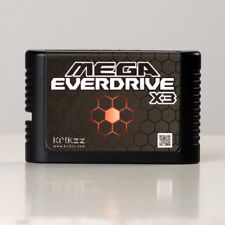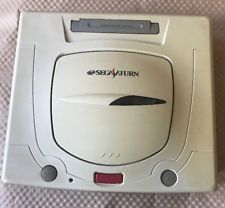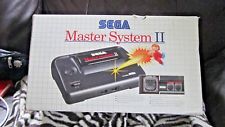|
October 30th, 2014, 23:20 Posted By: wraggster
The following is an extract from Sega Mega Drive/Genesis: Collected Works, a documentary art book written by the Guardian’s Games Editor Keith Stuart and produced in collaboration with Sega of Japan. It’s published by Read Only Memory, and is out now.
***
It was the first week of September 1990 when the commercials hit American TV. The Sega Genesis had been out in the country for a year, quietly building a fan base with slick arcade conversions like Altered Beast and Golden Axe. With its 16-bit credentials stamped on its casing like a muscle-car badge, it was the most powerful console on the market, and had the potential to reshape gaming in its own, sleek image. But first it would have to defeat the competition. And that meant having to take out Nintendo.
But Nintendo was Goliath. The Nintendo Entertainment System (NES) was the biggest game console on the planet. Thirty million American households owned one and they were so prevalent that the word ‘Nintendo’ was synonymous with the medium. You didn’t play video games … you played Nintendo. Sega was nowhere. Its Master System – designed to compete with the NES – had barely made a dent. ‘We officially claimed that Sega had 10% market share and that Nintendo had 90%,’ recalls Shinobu Toyoda, who joined Sega of America in 1989 as executive vice president, having been hand-picked by Sega president Hayao Nakayama to be second in command. ‘The truth was, Nintendo had 94% market share with their NES system. Sega had only six.’
But Nintendo’s dominance didn’t deter Michael Katz. The president of Sega of America harboured grand ambitions. He’d been approached by founder and chairman David Rosen to establish the company’s corporate presence in America, where it had barely 40 employees – most of them in marketing and customer support. There was no real autonomy, no identity. Taking up his new position a month after the US launch of the Genesis, Katz set his sights on grabbing half the console market share … as a minimum. The battleground had to be North America.

‘We had to create awareness, to make a noise and grab attention. After all, we had nothing to lose – by then we had a 2% share of the market! But I had to fight with David Rosen and the ad agency and instruct them to do competitive commercials. They were showing me all these storyboards and concepts that had nothing to do with Nintendo. I learned that it was considered inappropriate in Japan to do competitive advertising – to publicly tear down a competitor. But the rule of thumb in consumer marketing is that if you’re number two and less well known, but you have better features, you go after your rival.’
http://www.kotaku.co.uk/2014/10/30/s...s-console-wars
For more information and downloads, click here!
 There are 0 comments - Join In and Discuss Here There are 0 comments - Join In and Discuss Here
|
|
 Sega Everdrive Flashcart
Sega Everdrive Flashcart





